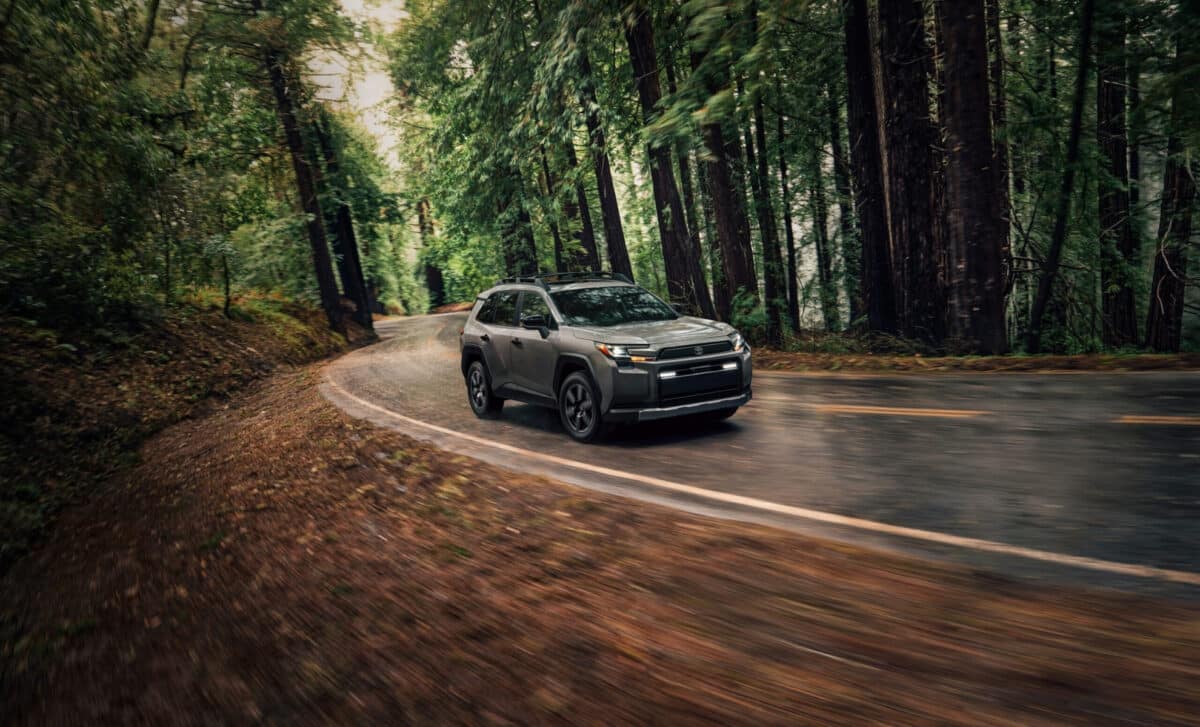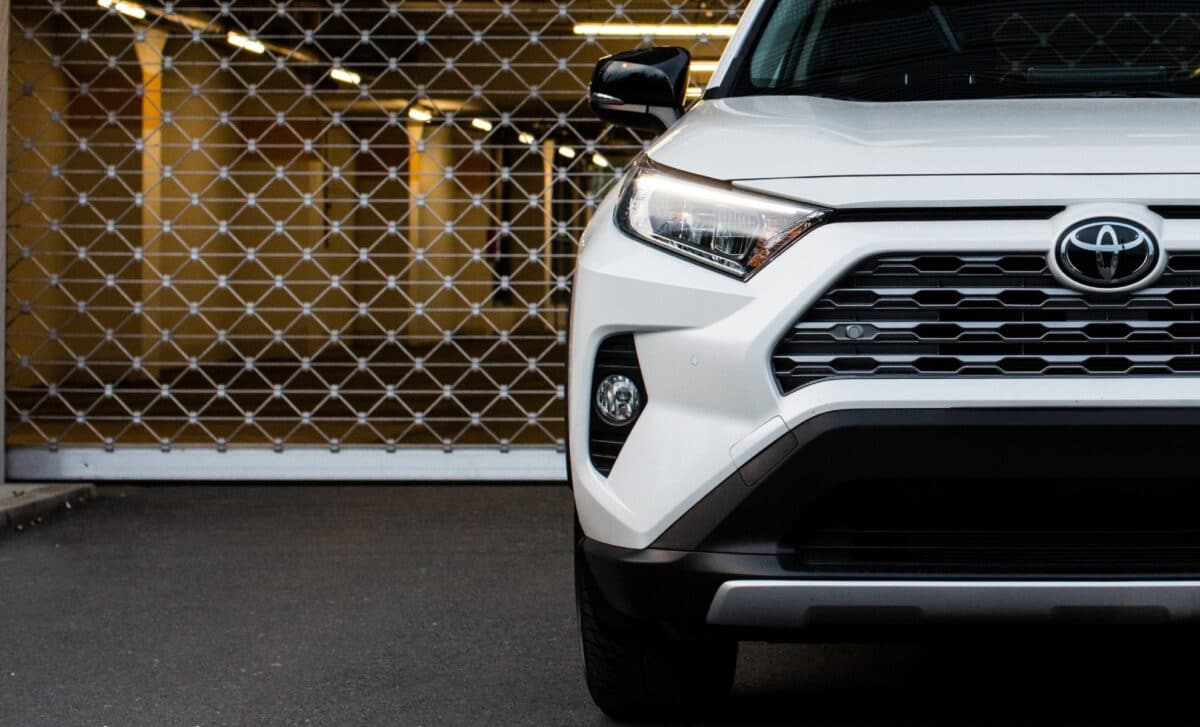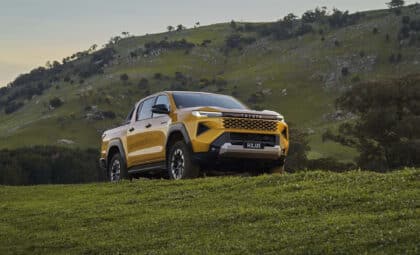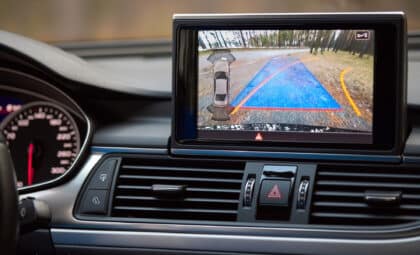With a modest yet decisive growth of 1.5% from 2024, this hybrid SUV has proven its ability to withstand industry shifts and changing buyer preferences. This unexpected reshuffle at the top of global auto sales reflects a larger trend within the industry—hybrid vehicles are gaining ground, while full-electric models show signs of fatigue. The numbers reported by Focus2move point to a market in flux, where consumer trust, infrastructure challenges, and practical performance are driving choices.
The RAV4’s rise is not an isolated victory. It represents a significant realignment of global automotive priorities. With electrification policies varying wildly by region, the popularity of this hybrid model offers a snapshot of what buyers worldwide are demanding: efficiency, versatility, and reliability—without the complications of EV charging.
A Strategic Pivot From Toyota Pays Off
Toyota’s success didn’t come by accident. The Japanese automaker has made deliberate choices to double down on non-rechargeable hybrid technology, targeting drivers who want to save on fuel without worrying about charging infrastructure. According to MotorsActu, the RAV4 now accounts for a significant share of the 64.67 million light vehicles registered globally up to September, capturing the attention of consumers looking for family-friendly SUVs with low maintenance costs.
This strategy is particularly visible in China, the world’s largest car market, where nearly 30% of global sales occur. There, the RAV4’s localized versions—better adapted to rough roads and growing families—have driven its expansion.
With an average consumption of 6.4 l/100km, up to 800 km of autonomy, and a starting price of around €44,950 in Europe, approximately $37,000 in the United States, the RAV4 has simply outcompeted pricier electric alternatives like the Model Y, especially as EV buyers grapple with charging delays and range anxiety.

The Top 5 Global Cars Reflect a Shift in Consumer Taste
Toyota’s dominance is even more evident when looking at the top 5 selling models worldwide. The RAV4 is followed closely by the Toyota Corolla with 1.9 million units sold. The Tesla Model Y, once hailed as the flagship of EV success, dropped to third with 1.8 million units—a sharp 11.2% decline from the previous year.
Tesla’s drop can be traced to reduced incentives in key markets and growing competition, especially in China, where BYD is quickly gaining ground. Meanwhile, the Ford F-Series, led by the F-150, ranks fourth with 1.6 million units, thanks to a hybrid variant boosting sales in the U.S.
Finally, the Honda CR-V rounds out the list with 1.4 million units, showing strong performance particularly in the American hybrid segment. Each of these models caters to different audiences, but a common thread is emerging: hybrids are back in the spotlight, while the once-stellar rise of electric vehicles appears to be plateauing.
Hybrid Surge Reshapes the Automotive Landscape
The overall auto market grew by 2% globally in 2025, with 80.4 million vehicles expected to be sold, yet regional differences tell a more nuanced story. China has surged ahead with a 6.3% increase in sales, while Europe lags, particularly France, where new car registrations dropped 8%—highlighting economic pressures and regulatory uncertainties.
According to the same source, non-rechargeable hybrid sales are up by 20%, driven by growing skepticism around EVs. The once-unstoppable electric trend is now slowing, with EVs stagnating after an initial 18% growth early in the year. Factors such as rising battery costs, erratic winter ranges, and insufficient infrastructure are pushing buyers toward hybrids, which require no fundamental lifestyle changes.
Toyota’s suite of technologies, including Safety Sense 4.0, adds appeal with features like advanced emergency braking and AI-assisted lane keeping, reinforcing its pragmatic image.









